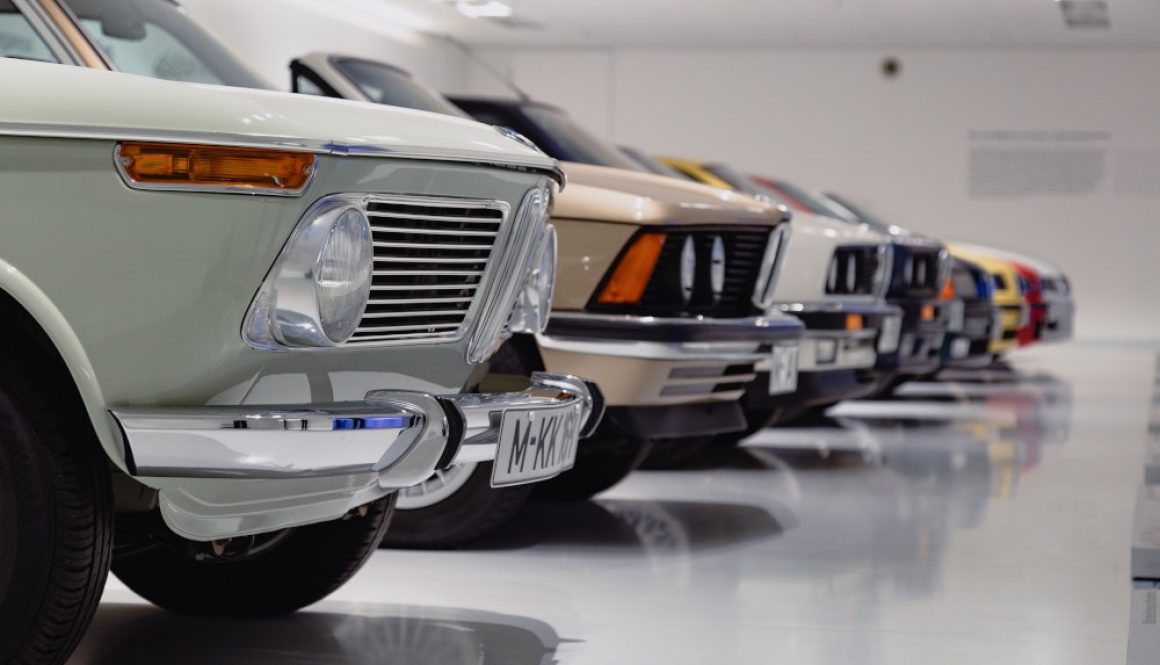Reviving a Forgotten Gem: Renovating an Old Classic Car
For many automotive enthusiasts, the thrill of restoring an old classic car can be a very rewarding experience. However, reviving a forgotten gem is exciting and challenging – it requires dedication, attention to detail, and, most importantly, patience. This article will explore restoring an old classic car from start to finish. From selecting the right vehicle and gathering materials to completing minor repairs and major overhauls, we’ll give you all the information you need to bring your old car back to life successfully. Read on for tips on reviving a forgotten gem by renovating an old classic car!
Finding the Right Vehicle:
The first step in renovating an old classic car is finding the right vehicle. Doing research on what model and make of car you would like to work with is essential. There are many sources available where you can find classic cars, such as vintage car dealerships, auctions, or even classified ads in newspapers and online. You should also check the vehicle’s condition before purchasing – inspecting it for rust, dents, and other signs of wear and tear is important when selecting an old classic car for restoration.
Gathering Materials:
Once you’ve chosen the perfect car for your project, it’s time to gather the necessary restoration materials. This includes everything from spare parts to tools needed throughout the process. When purchasing components for your old classic car, you should look for original details that match the make and model of the vehicle. You may also find aftermarket parts and Car Paints at online vendors. Additionally, you’ll need various tools depending on the repairs you plan to do – from wrenches and screwdrivers to hammers and pliers. Ensure all the necessary materials are on hand before beginning your restoration.
Minor Repairs:
Before starting any major overhauls, it is important to complete minor repairs to ensure a successful renovation. This includes checking the car’s fluids, such as oil, coolant, power steering fluid, etc., and inspecting hoses, belts, brakes, and other components for signs of wear. Many of these repairs can be done with the right tools, but more complicated tasks should be left to a professional mechanic.
Major Overhauls:
Once all minor repairs are done, it’s time to move on to significant overhauls such as engine and transmission rebuilds, suspension work, bodywork, and paint jobs. Depending on the condition of the car and your skill level, these jobs may require help from a professional mechanic or even an auto-body shop. However, if you decide to take on the project yourself, it is important to properly research the necessary steps for each task to ensure that you don’t miss any crucial details.
Renovating an old classic car can be a rewarding experience for any automotive enthusiast. With the right research, materials, and patience, you can successfully revive a forgotten gem and make it shine like new again! We hope that this article has given you all the information you need to begin your renovation journey.

